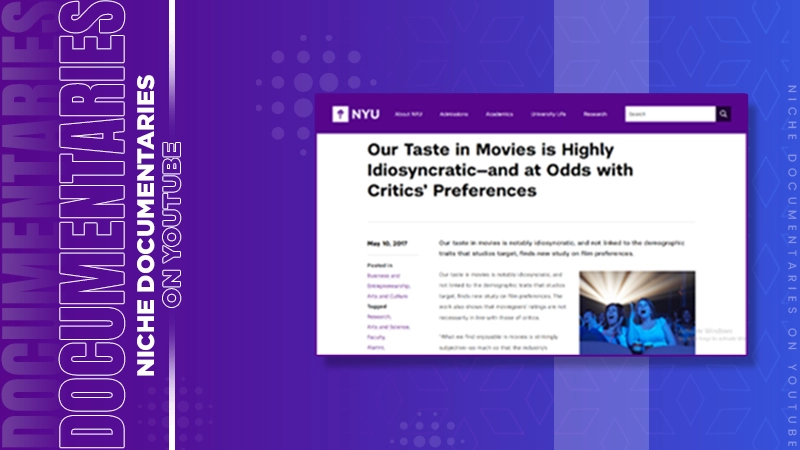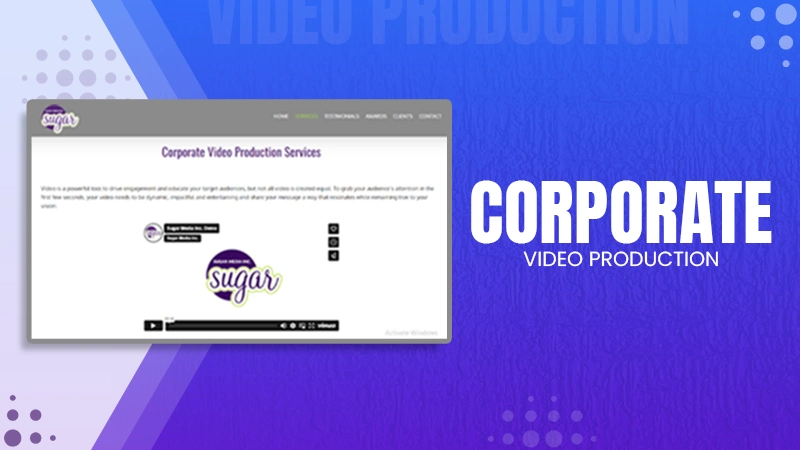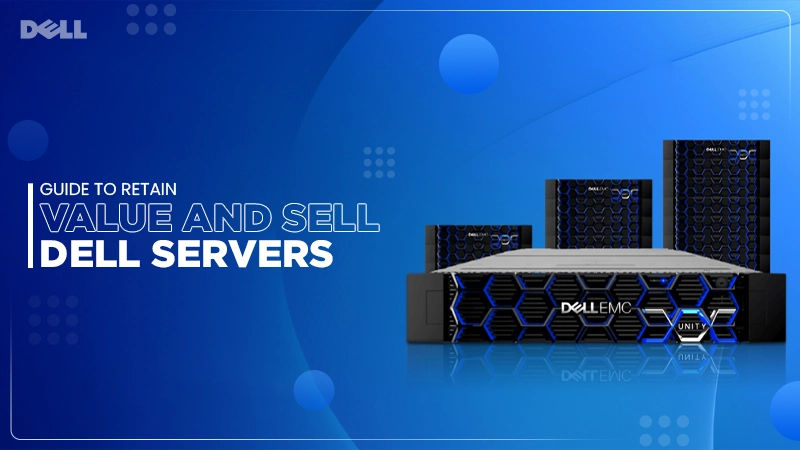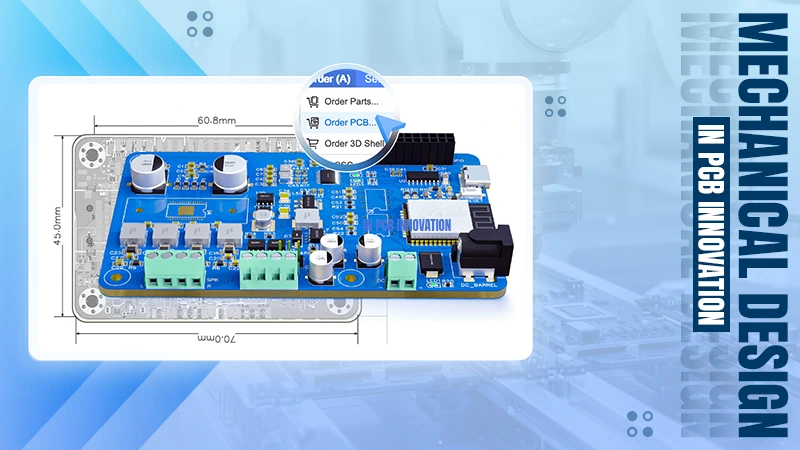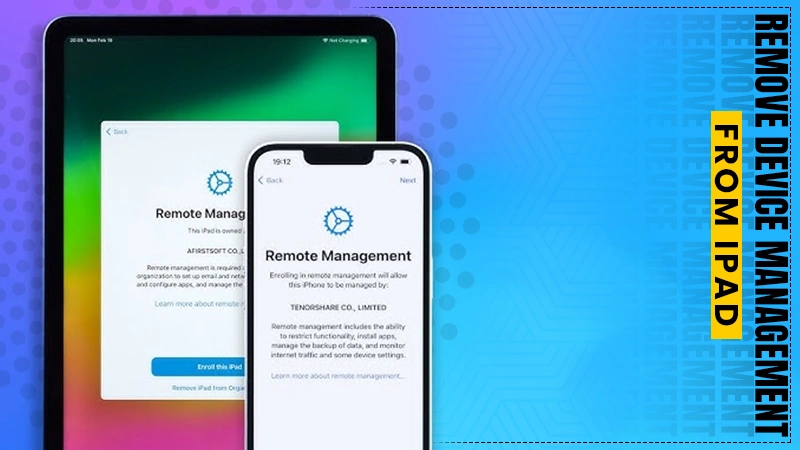Enterprise Integration Solutions: Advantages and Challenges

Large-scale enterprises recognize that data has become the new oil and understand its crucial role in driving business success. Enterprise integration solutions promise to connect various software systems more seamlessly and enable companies to run more efficiently; however, with great power comes great responsibility. Integrating massive amounts of data across complex systems is not without its challenges, and this blog post explores both advantages and drawbacks of enterprise integration solutions, providing valuable insight for IT Directors and Enterprise Solution Architects.
Importance of Enterprise Integration
An enterprise integration solution is indispensable for companies tasked with managing large amounts of data across multiple software platforms. These solutions allow different systems to communicate seamlessly, ensuring data flows without friction. This is particularly beneficial in heavy-duty enterprises as this reduces redundancy, minimizes errors, and optimizes resource utilization. Modern business operations necessitate a robust integration framework, so all elements of an organization work harmoniously together.
Improving Operational Efficiency
Enterprise integration solutions offer several key benefits, the primary one being improved operational efficiency. By connecting systems, manual data entry and human error are drastically reduced, allowing faster decision-making processes across departments as information becomes readily available. Integrating supply chain management systems with financial planning tools provides real-time insight to assist companies to make smarter inventory and budgeting decisions.
Ensuring Scalability and Flexibility in Enterprise Applications
Scalability is of vital importance for heavy-duty enterprises. Enterprise integration solutions enable these organizations to expand without overhauling existing systems. As they expand, these solutions allow businesses to add new functionalities or adjust to changing business needs more easily. For instance, as their operations expand, they may integrate new software applications that support additional functions, ensuring that IT infrastructure evolves alongside organization growth.
Complexities of Data Integration
Enterprise integration presents both benefits and difficulties. Integrating disparate systems involves dealing with diverse data formats, protocols, and standards. Data modeling becomes crucial in this respect. It helps define how data elements will interact across systems. In some instances, complex transformations or mappings may also be needed for seamless integration. This process may consume both time and resources.
Manage Data Security and Compliance
Enterprise integration places an immense focus on data security and compliance. When businesses connect multiple systems and share sensitive information, the risk of data breaches and noncompliance increases rapidly. Businesses should implement robust security measures. Encryption, access controls, and audits are necessary to protect their data while adhering to GDPR. HIPAA or PCI-DSS are crucially important standards that guarantee that personal and financial data is handled appropriately. By taking a proactive approach towards data protection and including compliance frameworks in their integration processes, businesses can avoid legal implications while building customer trust among their customer base.
Overcoming System Compatibility Issues
Enterprises that want to successfully navigate the integration landscape must address system compatibility issues. Many organizations utilize both legacy systems and modern applications simultaneously, leading to interoperability issues between them. Adopting open standards and protocols that facilitate communication among disparate systems is the key to overcoming such hurdles. Middleware solutions can play a crucial role in this area, acting as an intermediary to translate and manage requests and data flows across outdated and modern technologies. Thorough testing and validation of integration workflows is necessary to identify any compatibility issues before they interfere with operations. By investing in flexible integration strategies and encouraging an environment of continuous improvement, organizations can effectively unify their IT ecosystems for seamless operational efficiency.
Addressing Performance and Latency Concerns
Performance and latency are major components of effective integrated systems. Businesses increasingly rely on real-time data analysis for decision-making purposes and operational efficiencies. Any delays can significantly impair system responsiveness, resulting in poor decisions or operational inefficiencies. Businesses should prioritize optimizing their architecture to address these concerns by using caching strategies, content delivery networks (CDNs), and load balancing between servers. Also essential is identifying and eliminating data flow bottlenecks. This can be accomplished through routine analysis of system performance metrics. By prioritizing performance enhancements, organizations can ensure their integrated solutions meet user demands and provide a seamless user experience that promotes productivity and satisfaction.
Continuous Monitoring and Maintenance
Maintaining integrated systems effectively requires constant monitoring and maintenance. Implementing an extensive monitoring framework enables organizations to track system performance in real time, detect anomalies quickly, and respond promptly when any potential problems arise. Regular maintenance should include software updates, security patches, and performance optimization to mitigate downtime and vulnerabilities. Automated alerts can assist IT teams in quickly recognizing and responding to problems before they become more serious, helping maintain system uptime and reliability. Businesses can promote a proactive maintenance culture and utilize advanced monitoring tools to extend the longevity and resilience of their integrated environments, leading to uninterrupted operations and enhanced user experiences.
Leveraging Expertise to Achieve Successful Integration
Integration of systems requires advanced technology and a strategic approach that draws upon expert knowledge. Engaging experienced professionals can offer invaluable advice about best practices and potential pitfalls during the integration process. Expert consultants can assess an organization’s individual requirements and guide selection of tailored tools and frameworks that best fulfill them. Cooperating with highly skilled consultants helps teams acquire all of the required skills through customized training and support, further mitigating risks, enhancing solution efficiency, and creating a smooth transition process.
The Future of Enterprise Integration Solutions
Enterprise integration’s future appears promising, as advances in technology look set to address many of its current obstacles. Cloud-based integration platforms simplify connecting disparate systems for enterprises, while artificial intelligence and machine learning developments enable more intelligent solutions. Businesses that invest in cutting-edge technologies will reap the rewards of seamless integration solutions.
Enterprise integration solutions present several distinct advantages to large enterprises, including increased operational efficiency, data accuracy enhancements, collaboration benefits, smooth processes, and scalability. Integrating disparate systems poses several unique challenges, including data complexity, security concerns, compatibility issues between systems and performance issues, and continuous monitoring needs. Enterprises can overcome their integration system challenges by engaging external expertise, staying current on emerging technologies, and investing in robust integration solutions. IT Directors and Enterprise Solution Architects need to recognize these factors to drive business success in today’s data-driven world.
